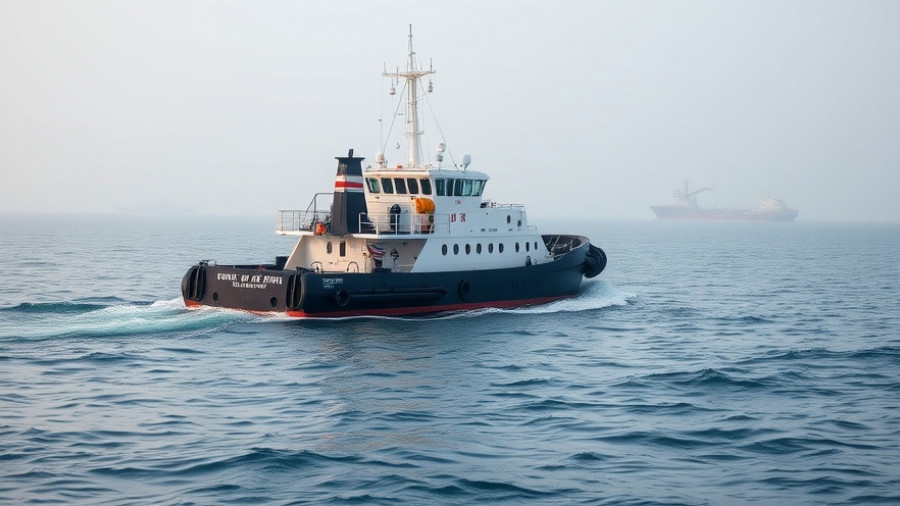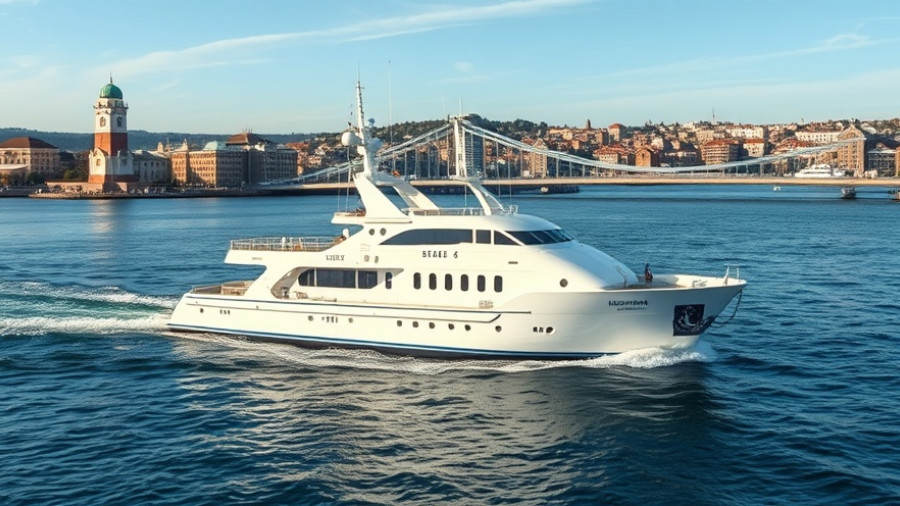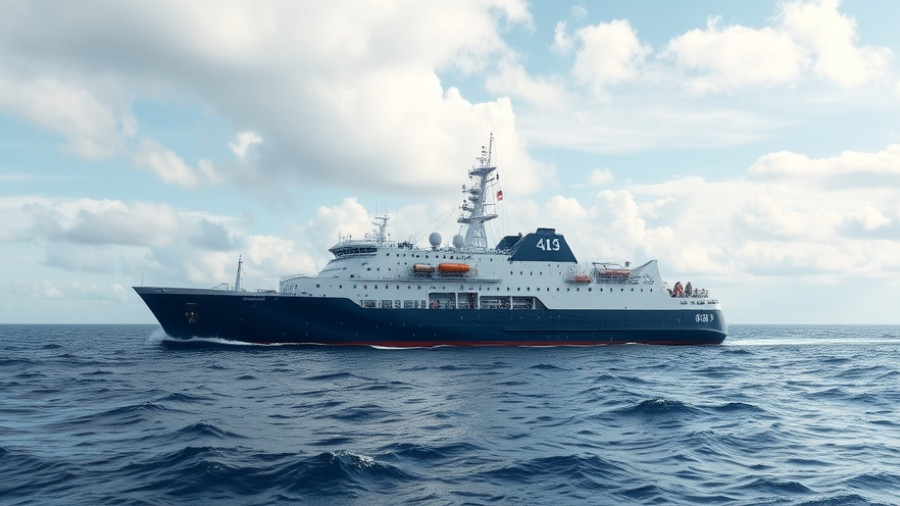
The Icebreaker Agreement: A Strategic Move for U.S. Security
In a significant agreement between the U.S. and Finland, President Donald Trump announced the acquisition of up to 11 icebreakers, marking a crucial step in fortifying American operations in the Arctic. This deal stems from a common understanding that the Arctic is increasingly becoming a theater of geopolitical importance, particularly with growing pressures from Russia and China. By enhancing the U.S. Coast Guard's capabilities, this initiative not only strengthens national security but also symbolizes a commitment to cooperation with allied nations.
Why Icebreakers Matter: Navigating Global Waters
Icebreakers play a vital role in ensuring navigation through ice-covered areas, serving diverse needs ranging from military operations to scientific research. According to marine defense specialists, these vessels facilitate safe maritime passage in regions that are becoming more accessible due to climate change. As melting ice opens new shipping routes, countries with sufficient icebreaking capabilities will be better positioned to assert their interests—a fact that underscores the urgency of this agreement for the U.S.
Finland’s Role: A Trusted Partner in Arctic Operations
Finland's expertise in shipbuilding, especially in constructing Arctic-capable vessels, is instrumental in this partnership. President Alexander Stubb heralded this collaboration not just for its strategic implications, but also for its potential economic benefits to Finland. As Russian aggressions put pressure on European security, Finland stands shoulder to shoulder with the U.S. in achieving Arctic stability—a move that Stubb described as a historic investment in bilateral relations.
The Investment in Jobs and Technology: A Manufacturing Renaissance
With the new icebreaker deal, U.S. shipyards are set to gain substantial work, which is projected to create thousands of skilled jobs in the manufacturing sector. As President Trump noted, not only will the icebreakers strengthen national security, but they will also inject billions into the maritime industrial base. This investment is expected to catalyze technological advancements and improve labor opportunities, resonating through communities that rely on shipbuilding.
Meeting Geopolitical Challenges: The Broader Picture
The agreement arrives amidst an escalating competition for influence in the Arctic, with Russia boasting a fleet of over 40 operational icebreakers. This reality has prompted U.S. officials to advocate for an increase in icebreaker capacity. As international relations continue to evolve, acquiring these vessels may be crucial for maintaining U.S. territorial integrity and defending allies like Finland. The Arctic could become a flashpoint for future conflicts, emphasizing the importance of swift action now.
Looking Ahead: Future Implications for Arctic Strategy
As this agreement unfolds, its implications for American and Finnish strategy in the Arctic will be closely monitored. The first delivery of the Arctic Security Cutters is slated for 2028, but discussions are currently underway regarding further expansions of the fleet. With climate change altering traditional maritime routes, both nations will be tasked with navigating not only physical challenges but also geopolitical rivalries, thus shaping the future of Arctic policy.
 Add Row
Add Row  Add
Add 




Write A Comment